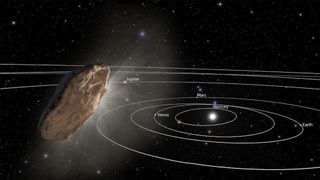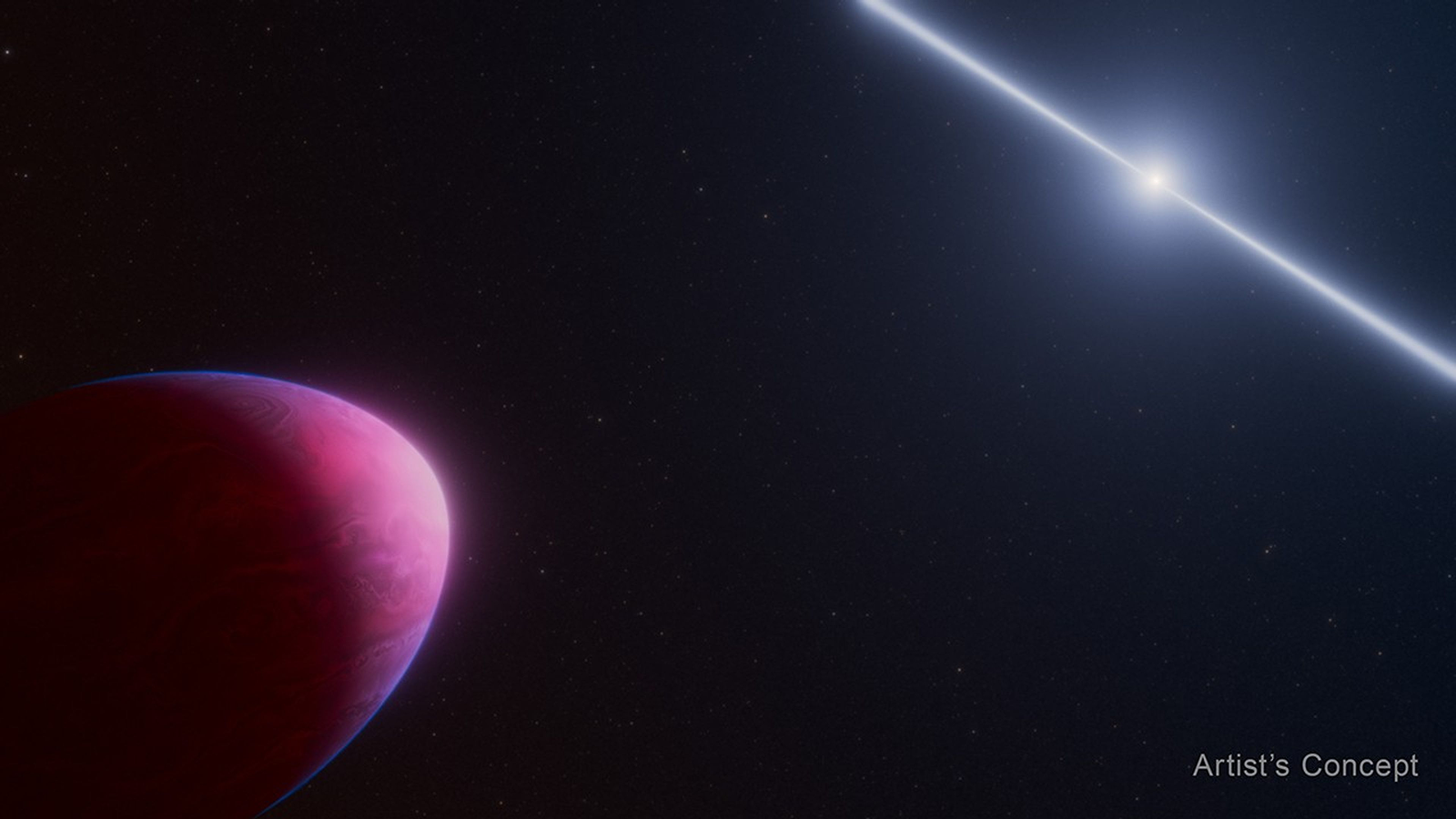Interstellar object comet 3I/ATLAS
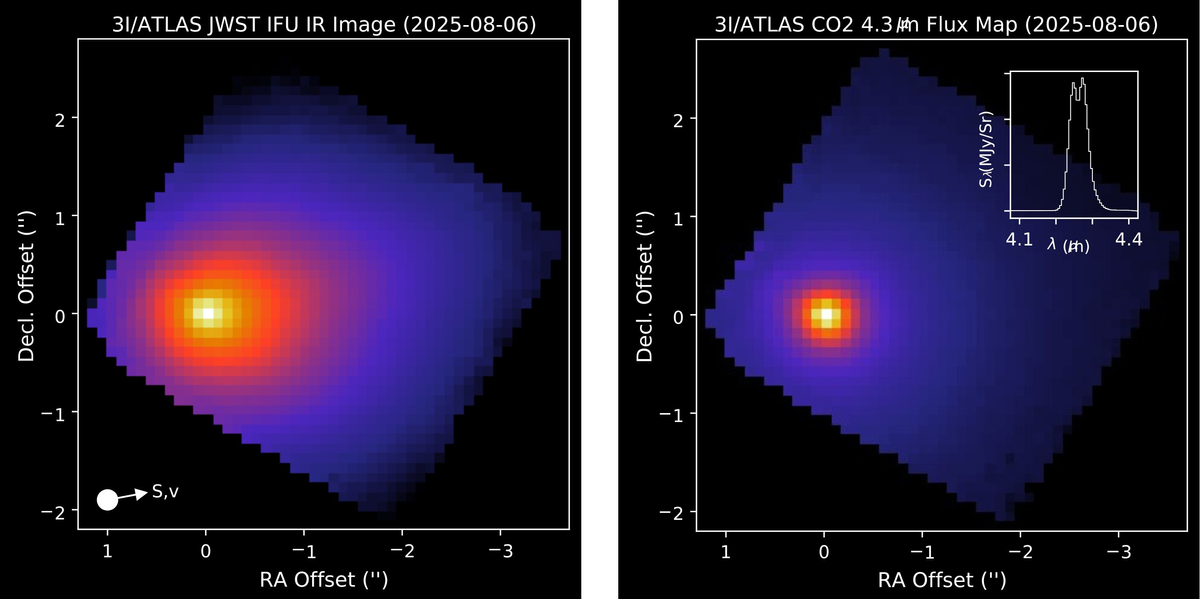
3I/ATLAS is the third interstellar object ever discovered in our solar system. Telescope observations suggest it is a roughly 7-mile-wide (11 kilometers) comet zooming at more than 130,000 mph (210,000 km/h). Astronomers discovered it in early July as it emerged from beyond the orbit of Jupiter. An analysis of the comet’s composition and unusually flat, straight trajectory revealed that it did not originate within our cosmic neighborhood, and was likely ejected from a distant star system long before our sun ever formed.
The exotic comet has many peculiar properties, from its chemical composition to its large size. This has fuelled speculation that the comet is an alien spacecraft intentionally guided here. That’s almost certainly not the case, but it doesn’t mean that astronomers aren’t excited about studying it to better understand the conditions around other stars, the early Milky Way, and the frontier of interstellar space.
3I/ATLAS reached its closest point to Earth on Friday (Dec. 19) and is now zooming away forever. Research continues to pour in as telescopes around the solar system observe the strange comet's passage.
Latest about 3I/ATLAS
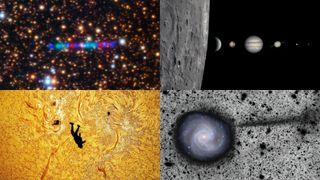
Best space photos of 2025
By Harry Baker published
An alien comet, a Martian volcano, a man’s fall from the sun and a groundbreaking telescope’s first images: Here are the most jaw-dropping space photos of 2025.

Interstellar comet 3I/ATLAS is rapidly moving away from us. Can we 'intercept' it before it leaves us forever?
By Harry Baker published
3I/ATLAS has passed its closest point to Earth, meaning we will soon lose sight of it for good. Some scientists want to send a spacecraft to chase down the alien comet — or the next interstellar object.

Interstellar comet 3I/ATLAS makes closest pass of Earth. Where's it heading next?
By Patrick Pester published
Everyone's favorite interstellar comet, 3I/ATLAS, flew past Earth overnight, coming within about 168 million miles (270 million kilometers) of our planet.

Comet 3I/ATLAS reaches its closest point to Earth tonight: How to see it
By Jamie Carter last updated
Comet 3I/ATLAS, the third interstellar object ever detected, reached its closest point to Earth overnight from Thursday to Friday (Dec. 18 to 19), and it remains in a good viewing position tonight. Here's how to see it.
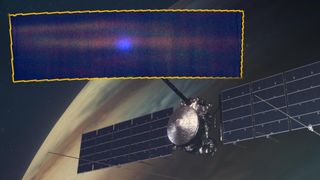
NASA eyes 3I/ATLAS with alien-hunting Clipper spacecraft in new image
By Brandon Specktor published
NASA's alien-hunting Europa Clipper spacecraft took seven hours of ultraviolet observations of interstellar comet 3I/ATLAS while both objects zoom toward Jupiter.
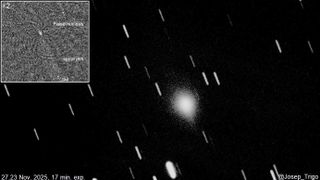
The UN's International Asteroid Warning Network is closely watching comet 3I/ATLAS. Here's why.
By Elizabeth Howell published
Tracking comets accurately is hard. A new effort with the U.N. and NASA aims to better chart these visitors using 3I/ATLAS.

Comet 3I/ATLAS is getting greener and brighter as it approaches Earth
By Brandon Specktor published
New images taken with the Gemini North telescope in Hawaii confirm that the interstellar comet 3I/ATLAS has gotten brighter and greener since its close flyby of the sun in October.

New 3I/ATLAS images show the comet getting active ahead of close encounter with Earth
By Brandon Specktor published
NASA and ESA both shared new images of the interstellar comet 3I/ATLAS this week, as the agencies gear up for the mysterious object's closest approach to Earth on Dec. 19.
Get the world’s most fascinating discoveries delivered straight to your inbox.


